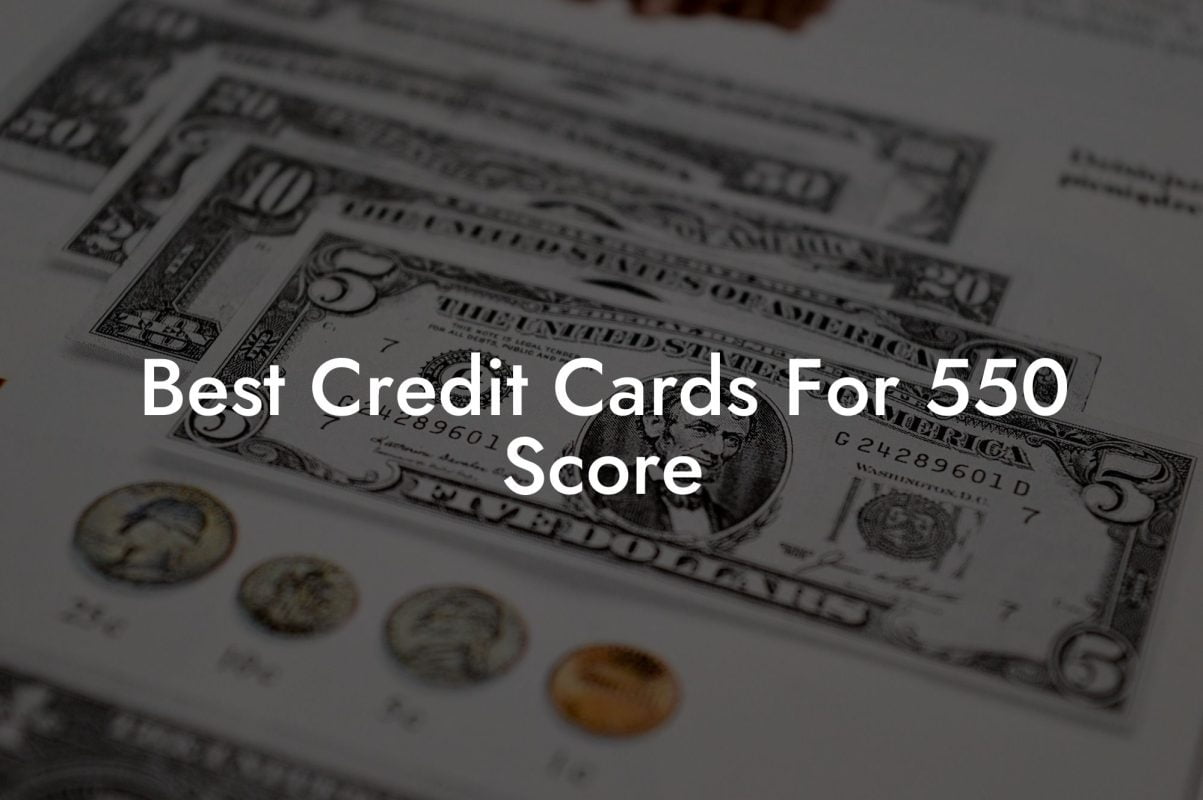Credit cards can offer incredible rewards, convenience, and more, but the annual percentage rate (APR) may come as a shock if you don't pay off your balance in full each month. As a savvy millennial, you want to get the best possible APR for your credit card, ensuring you don't pay more in interest than you need to. In this article, we'll dive into understanding APRs, explore the factors that influence them, and discuss the best credit card options for the lowest APRs.
Quick Links to Useful Sections
Best Apr For Credit Cards Table of Contents
What Is APR?
The annual percentage rate, or APR, is the interest rate charged on your credit card balance for a year. It's expressed as a percentage and includes any fees or costs associated with the credit card, helping you understand the true cost of borrowing money. The higher the APR, the more interest you'll pay over time.
Understanding the Types of APR
There are several types of APR you may come across when applying for a credit card:
- Introductory APR: Some credit cards offer a low or even 0% APR as a promotion for new cardholders. These introductory rates last for a limited time, typically 6 to 18 months.
- Purchase APR: The APR that applies to purchases made with your credit card. This is the rate most people are familiar with and it's also the rate you'll pay if you carry a balance on your card from month to month.
- Balance Transfer APR: This APR applies to balances you transfer from one card to another. Some cards offer lower APRs or promotional rates on balance transfers, allowing you to save money on interest when consolidating debt.
- Cash Advance APR: If you use your credit card to get cash from an ATM or a bank, you'll pay a higher APR on that amount, often without any grace period. This rate is typically much higher than purchase or balance transfer APRs.
- Penalty APR: Some credit cards charge a higher rate in case of late payments or exceeding your credit limit. This penalty APR can be significantly higher than your regular APR.
Factors That Affect Your Credit Card APR
Your credit card APR isn't set in stone. Here are some factors that can influence the APR you receive:
- Your credit score: Lenders often use your credit score to determine your APR. A higher credit score typically results in a lower APR, while a lower score may lead to a higher rate.
- The prime rate: APRs are often tied to the prime rate, which is a benchmark interest rate set by banks based on the federal funds rate. When the prime rate goes up, so do credit card APRs.
- The card issuer: Different issuers have different pricing structures, so the APR can vary depending on the institution offering the card.
- Card type: Cards that offer rewards and perks will often have higher APRs to make up for the cost of these benefits. If you want a lower APR, a simpler card with fewer extras may be your best bet.
The Best APR Credit Cards
If you're looking for a credit card with the best possible APR, consider these options:
- Chase Freedom Unlimited: This card offers an introductory 0% APR on purchases and balance transfers for 15 months. After that, the regular variable APR (14.99% - 23.74%) applies, depending on your creditworthiness.
- Discover it Cash Back: Enjoy 0% APR on purchases and balance transfers for the first 14 months. After the intro period, the regular APR (11.99% - 22.99%) kicks in, based on your credit score.
- Citi Double Cash Card: Get a 0% introductory APR on balance transfers for 18 months. The regular APR (13.99% - 23.99%) applies thereafter, tailored to your creditworthiness.
Best Apr For Credit Cards Example:
Imagine you have a credit card with a 22% APR and you're carrying a $3,000 balance. If you only make the minimum payment of $75 each month, it would take you over 5 years to pay off the balance, and you'd end up paying approximately $1,921 in interest.
Now, if you were to transfer that balance to a card like the Citi Double Cash Card, which offers a 0% APR for 18 months, you could significantly reduce the amount of interest you'd have to pay. After 18 months, if you haven't paid off the balance, the remaining amount would then be subject to the regular APR based on your credit score.
Understanding and choosing the best APR for your credit card doesn't have to be a daunting task. Equip yourself with the knowledge you need and make informed decisions about your personal finance. Ready to learn more about how to optimize your finances and investments? Explore our extensive guides on Flik Eco or consider sharing this article with your friends and family to promote financial literacy. Remember, the better you manage your money, the more it can work for you – and that's what Flik Eco is all about!













